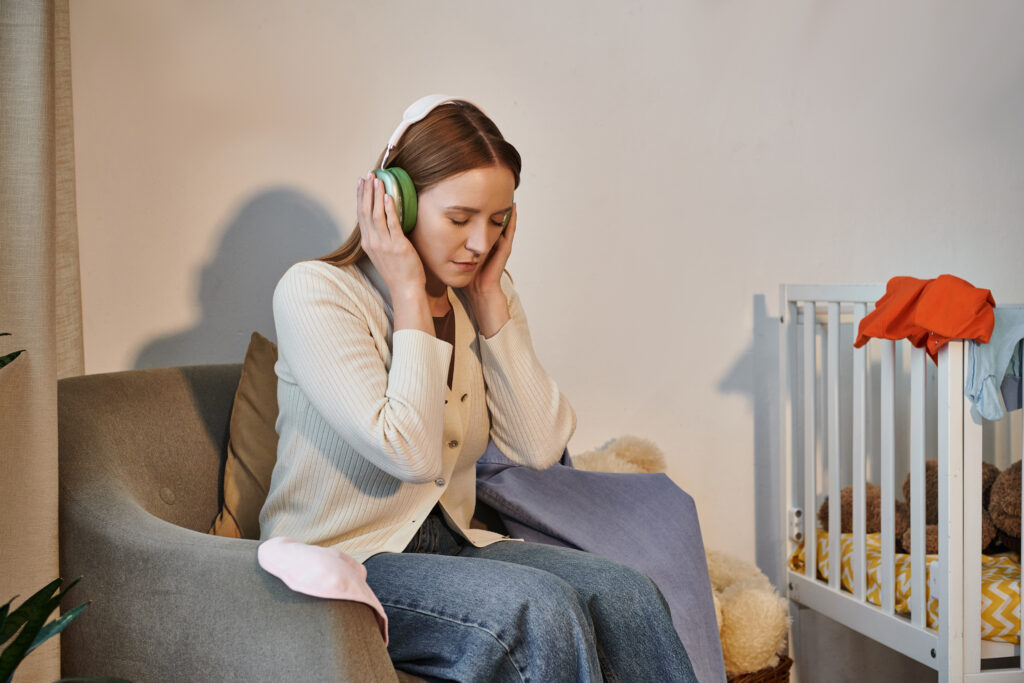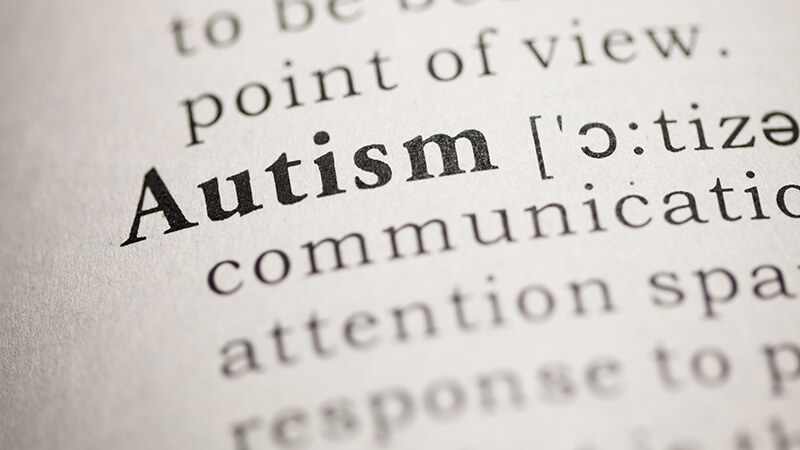Parenting a teenager with high functioning autism and separation anxiety can be both a deeply rewarding and uniquely challenging journey. Teens with high functioning autism often have exceptional strengths, such as keen attention to detail or a deep passion for specific interests. However, when paired with separation anxiety, their heightened sensitivity to change and reliance on familiar routines can create obstacles that impact their ability to adapt to new situations or moments of independence.
Understanding how to address the intersection of high functioning autism and separation anxiety is essential for empowering teens to build confidence, develop coping skills, and navigate their world successfully. This article explores nine proven strategies that can help teens thrive by easing their anxiety, fostering independence, and supporting their emotional growth.
Understanding High-Functioning Autism and Separation Anxiety

High-functioning autism (HFA), often referred to as Autism Spectrum Disorder (ASD) Level 1, describes individuals who have average to above-average intellectual abilities but face challenges in social communication, flexibility, and sensory sensitivities. While many teens with high-functioning autism excel in specific interests, they can struggle with change and unpredictable situations.
Separation anxiety is a condition where individuals feel intense distress when separated from familiar people or environments. For teens with HFA, the anxiety surrounding separation is often amplified due to a strong reliance on routines, comfort in familiar relationships, and challenges in adapting to new settings.
Recognizing the overlapping nature of high-functioning autism and separation anxiety is the first step to implementing solutions that empower teens to manage their emotions and navigate their world with confidence.
1. Create Predictable Routines
Teens with high-functioning autism thrive on structure and predictability. Having a consistent daily routine reduces uncertainty and can help ease the worry associated with separation.
- How to Apply It:
Write a visual schedule outlining daily activities, including times when separation may occur. For example, if a parent leaves for work or the teen starts school, include a timeline of when they’ll reunite. Apps and tools like visual planners can also be used to make this process interactive and engaging. - Why It Works:
When teens know what to expect, their stress levels decrease, making transitions smoother.
2. Gradual Exposure to Separation
Sudden or lengthy separations can be overwhelming. A gradual approach helps teens build confidence and develop coping skills over time.
- How to Apply It:
Start with short periods of separation in a safe environment, such as leaving the teen with a trusted caregiver while running an errand. Gradually increase the duration as they adapt. - Why It Works:
Gradual exposure helps reduce the intensity of the anxiety response, allowing teens to realize that separation doesn’t equal abandonment.
3. Develop Social Stories
Social stories are short narratives that describe specific situations, offering teens a roadmap for what to expect and how to handle emotions.
- How to Apply It:
Write a story about a situation involving separation. For instance, describe a morning where a parent drops off the teen at school, emphasizing positive outcomes and coping strategies, such as deep breathing or using a favorite object for comfort. - Why It Works:
Social stories help teens with high-functioning autism process situations and rehearse appropriate responses in advance.
4. Use Comfort Objects or Transitional Items

Having a physical item that represents comfort can ease the anxiety of separation by providing a tangible connection to a loved one or a familiar environment.
- How to Apply It:
Encourage your teen to choose a small, portable item such as a keychain, bracelet, or even a stuffed animal. This item can be a reminder of home or a loved one and serve as a source of reassurance. - Why It Works:
Comfort objects act as a bridge between familiar and unfamiliar environments, helping teens feel more secure.
5. Teach Relaxation Techniques
When separation anxiety strikes, relaxation techniques can help teens regain control of their emotions.
- How to Apply It:
Introduce deep breathing exercises, progressive muscle relaxation, or mindfulness practices. For example, you can practice a simple breathing exercise together: inhale for four counts, hold for four counts, and exhale for four counts. - Why It Works:
These techniques provide immediate relief by calming the nervous system and giving teens a sense of control during stressful moments.
6. Encourage Safe and Gradual Socialization
For teens with high-functioning autism, social situations can be challenging, yet building connections can help reduce separation anxiety over time.
- How to Apply It:
Encourage your teen to participate in structured group activities, such as hobby clubs, sports, or community programs. Look for autism-friendly or inclusive groups where they can meet peers with similar interests. - Why It Works:
Positive social experiences build confidence and create a supportive network beyond immediate family, reducing dependence and separation anxiety.
7. Establish Clear Communication
Teens with high-functioning autism often need clear, direct communication to understand and manage their emotions.
- How to Apply It:
Discuss upcoming separations in advance, using simple language to explain the who, what, where, when, and why. Be open to answering questions and addressing concerns. - Why It Works:
Providing clear information helps reduce uncertainty and enables teens to prepare emotionally for transitions.
8. Seek Professional Support
Therapists and counselors who specialize in autism and anxiety can provide tailored strategies and interventions.
- How to Apply It:
Explore therapy options such as Cognitive Behavioral Therapy (CBT) or play therapy. CBT, in particular, is effective for addressing the thought patterns underlying separation anxiety. - Why It Works:
Professional support equips teens and families with tools to manage anxiety while fostering independence.
9. Celebrate Progress and Efforts
Acknowledging and celebrating small victories can build a teen’s confidence and motivate them to keep trying.
- How to Apply It:
Praise your teen for their efforts, whether it’s successfully staying home with a caregiver, attending a social event, or using a relaxation technique during separation. Focus on their progress, not perfection. - Why It Works:
Positive reinforcement reinforces desired behaviors and empowers teens to continue working through challenges.
Additional Tips for Caregivers
Supporting a teen with high-functioning autism and separation anxiety can be emotionally demanding. Here are a few tips for caregivers:
- Practice Patience: Progress may be slow, but each step forward matters.
- Take Care of Yourself: Your well-being directly impacts your ability to support your teen. Consider joining a support group for parents of children with autism.
- Build a Support Network: Involve teachers, therapists, and extended family members to create a team approach to managing challenges.
Final Thoughts
Empowering teens with high-functioning autism and separation anxiety requires patience, creativity, and collaboration. By implementing these nine solutions, you can help your teen build the tools they need to manage their anxiety, grow their independence, and navigate the world with confidence.
Each teen’s journey is unique, so adapt these strategies to suit your child’s individual needs and celebrate every step they take toward empowerment. With the right support, they can overcome challenges and reach their full potential.
How New Directions for Young Adults Can Help You
Empowering your teen with high-functioning autism and separation anxiety starts with having the right support and resources. At New Directions for Young Adults, we specialize in helping teens and their families navigate the challenges of anxiety, independence, and personal growth. Our tailored programs provide structured guidance, therapeutic interventions, and practical tools designed to build confidence and resilience in young adults.
Whether your teen needs help with emotional regulation, developing coping strategies, or building meaningful connections, we’re here to help every step of the way. Contact us today to learn how our personalized programs can empower your teen to overcome their challenges and thrive in their journey toward independence. A brighter future starts with taking that first step—let us guide you and your teen in the right direction!



